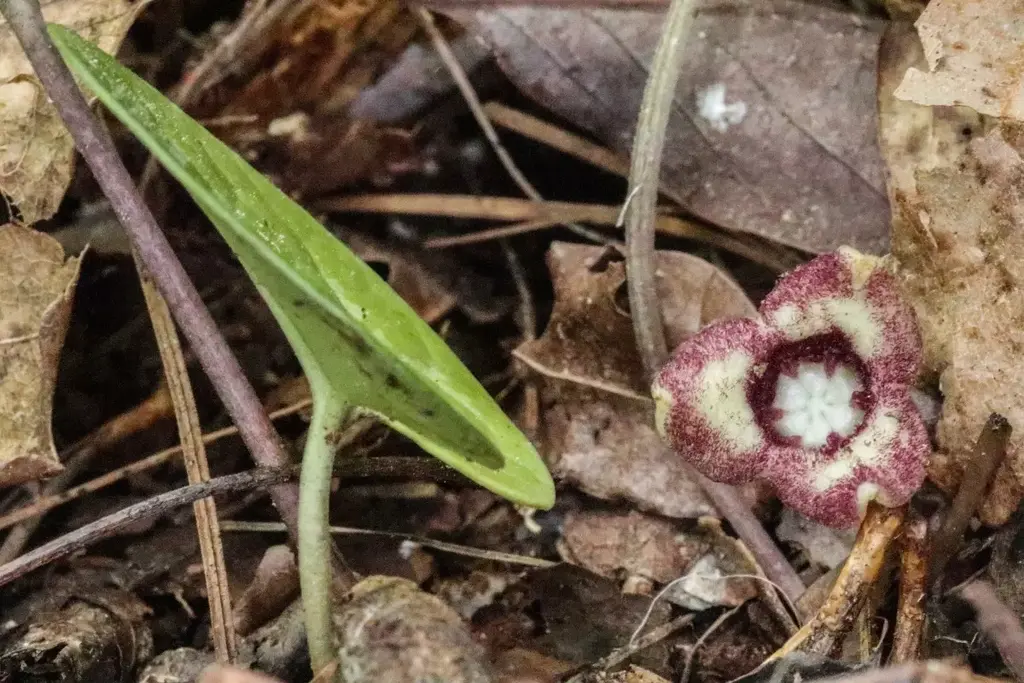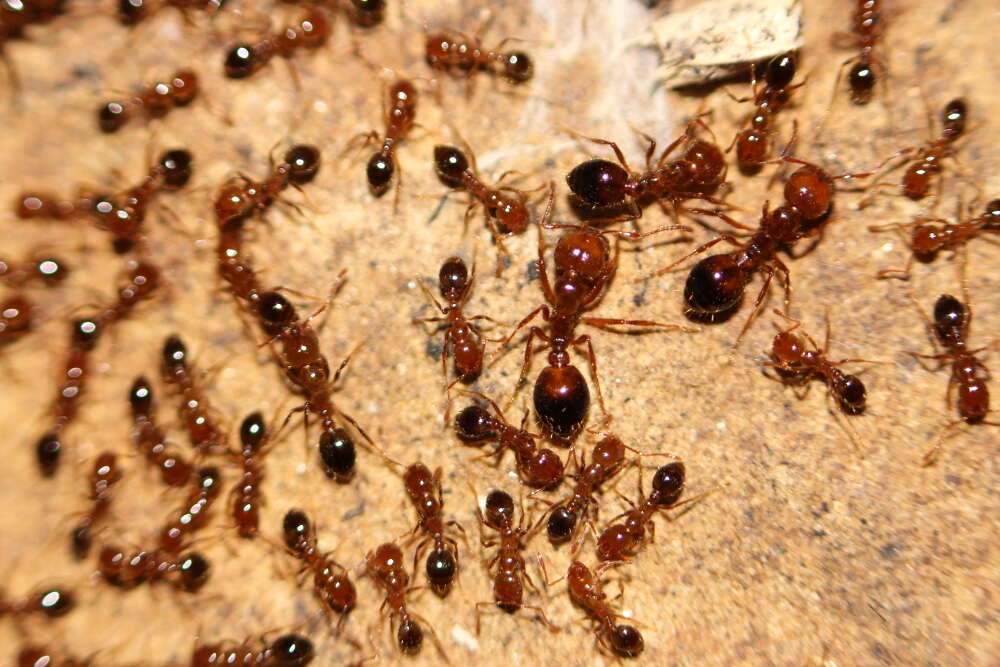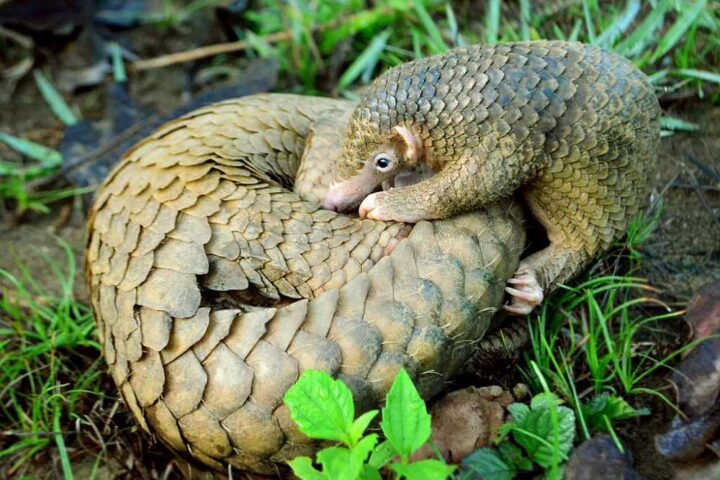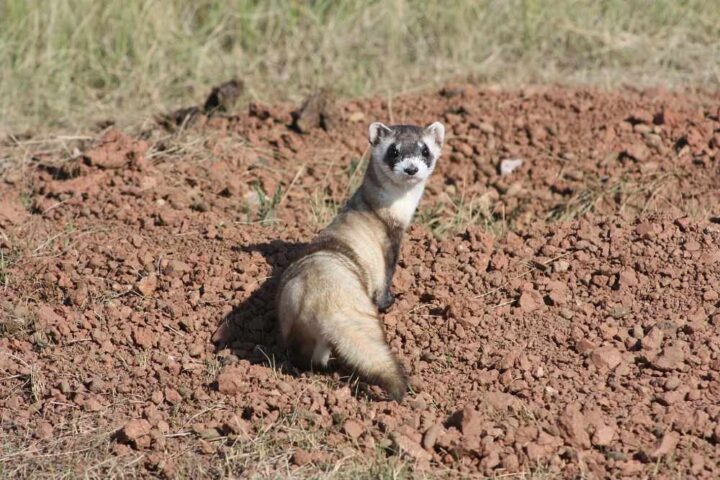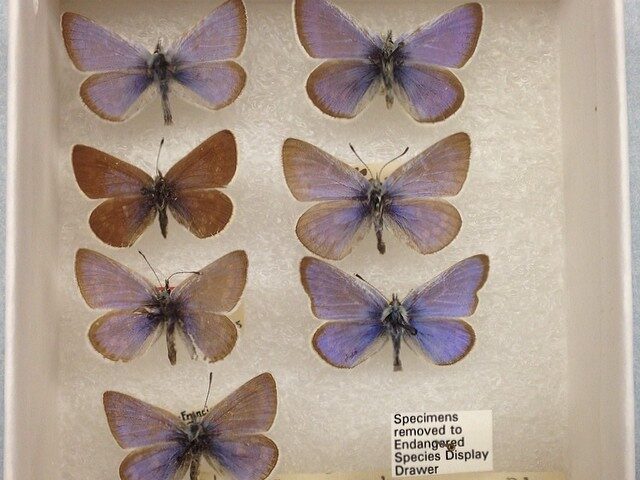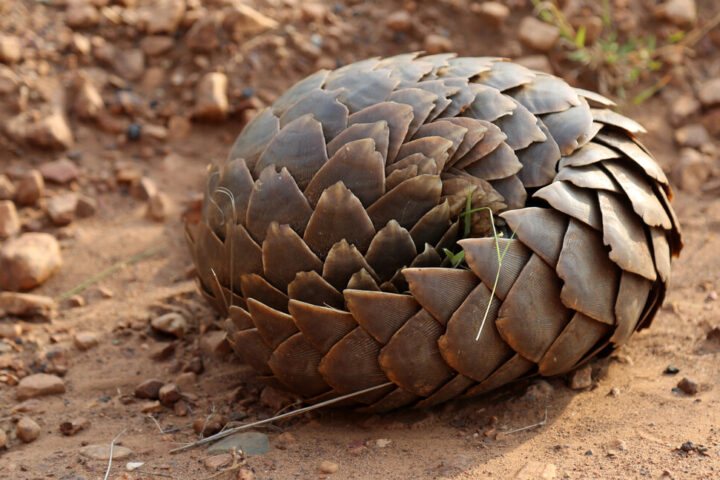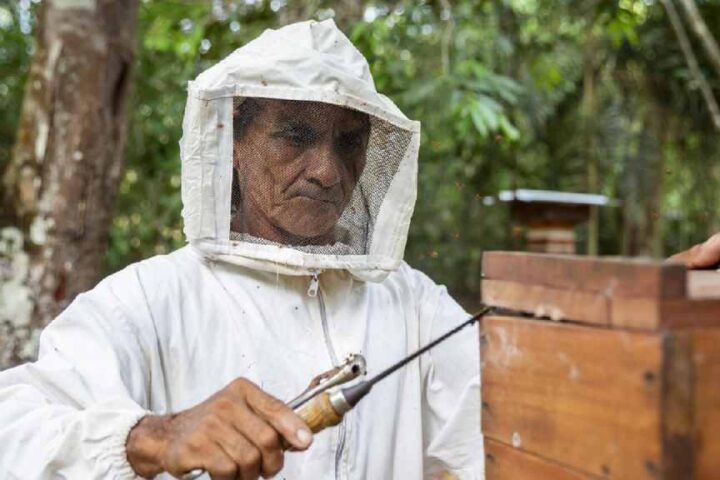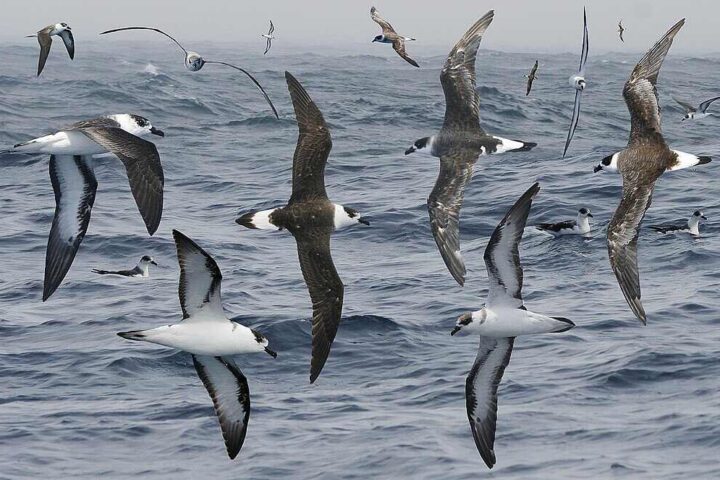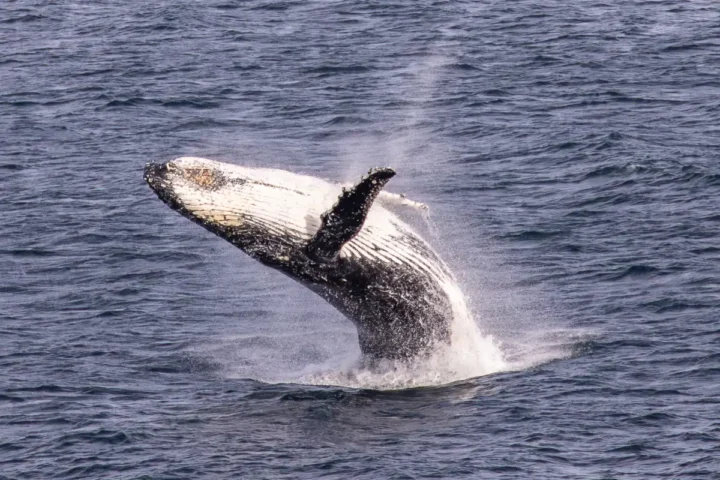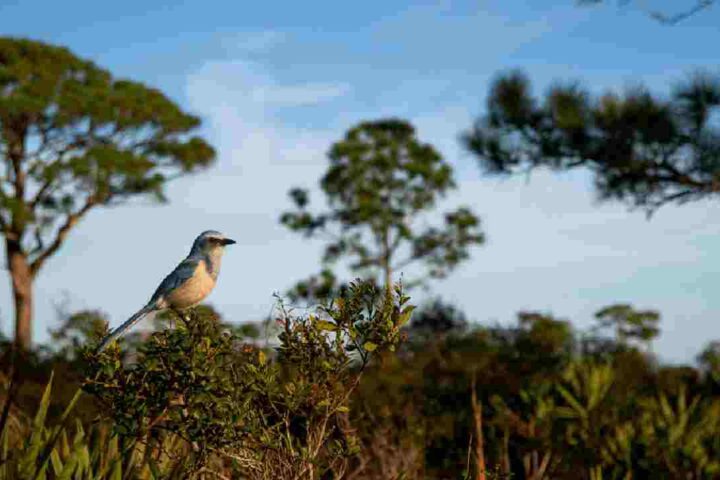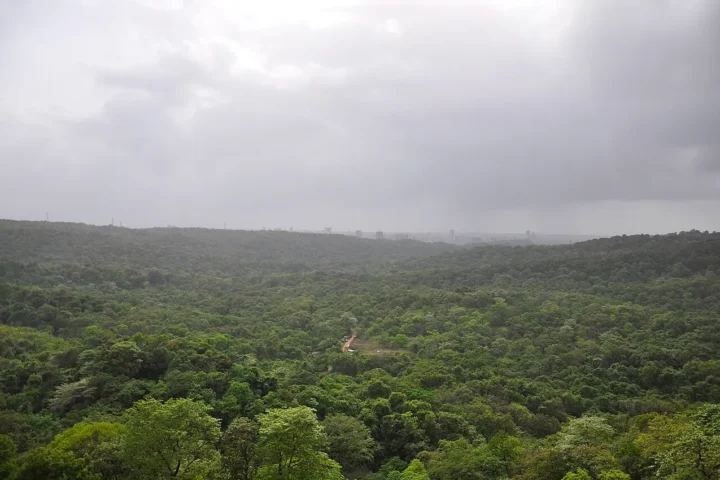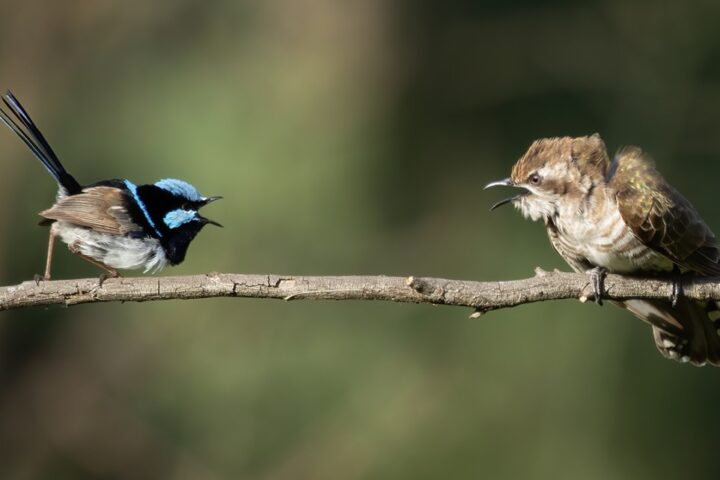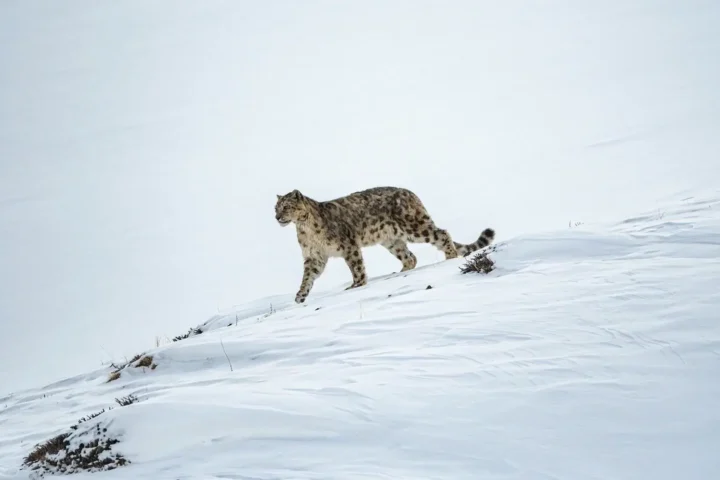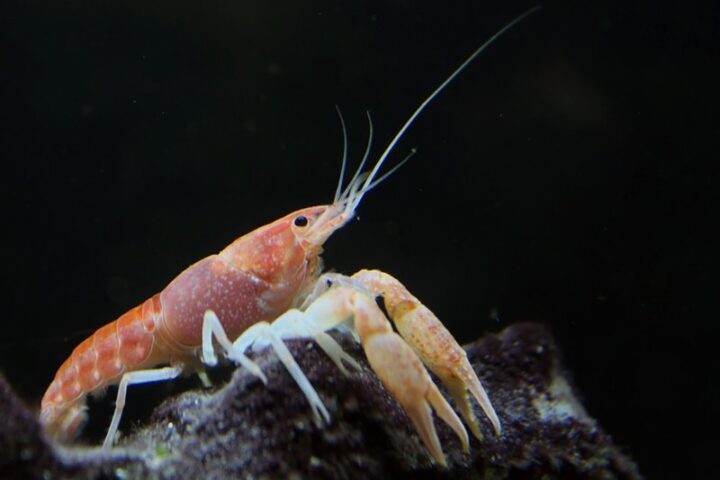The U.S. Fish and Wildlife Service (USFWS) has removed the dwarf-flowered heartleaf from the federal list of endangered and threatened plants, marking a significant conservation achievement decades in the making. The delisting, which became effective on August 7, 2025, concludes the plant’s 36-year status as a threatened species.
When first placed under protection in 1989, only 24 populations of the small green plant were known to exist across eight North Carolina counties. Today, that number has grown to 119 documented populations spread across 13 counties in both North and South Carolina, with 28 of these populations containing more than 1,000 plants each.
“This recovery shows what can happen when different groups work together,” said Leo Miranda, Regional Director for the USFWS. The plant’s comeback resulted from partnerships between government agencies, private companies, and conservation organizations.
The dwarf-flowered heartleaf is a low-growing evergreen perennial that rarely exceeds six inches in height. It features dark green, leathery heart-shaped leaves and small, jug-shaped flowers that often remain hidden in forest leaf litter. The plant thrives in the acidic soils of the Piedmont region, typically growing on slopes near streams within oak-hickory-pine forests.
Similar Posts
Duke Energy played a key role in the plant’s recovery by protecting tens of thousands of plants along the Broad River. Other major contributors included the North Carolina Department of Transportation, which secured land that became part of the Broad River Greenway, and land trusts such as Foothills Conservancy, Catawba Lands Conservancy, and The Nature Conservancy.
The USFWS has developed a post-delisting monitoring plan to track the plant’s status for at least five years to ensure its continued success and detect any new threats that might emerge.
However, not everyone supports the delisting decision. The South Carolina Department of Natural Resources (SCDNR) expressed concerns that removing protections might be premature, citing potential issues with population counts and ongoing taxonomic research. Environmental groups have also voiced skepticism about whether future urbanization threats were adequately considered.
A biologist from Appalachian State University suggested that many of the plant populations now have housing developments nearby, raising questions about their long-term survival. The South Carolina Native Plant Society has actively worked to protect the species, successfully opposing developments that would have destroyed plant populations.
Without federal protection, the plant will now rely on state-level safeguards, which vary between North and South Carolina. In Greenville County, South Carolina, where the plant occurs, the County Planning Commission has previously rejected development plans that would impact the species, but this protection may not continue without the federal listing.The dwarf-flowered heartleaf’s journey from near-extinction to recovery demonstrates both the effectiveness of the Endangered Species Act and the importance of continued vigilance in protecting vulnerable native plants, even as they begin to recover.
